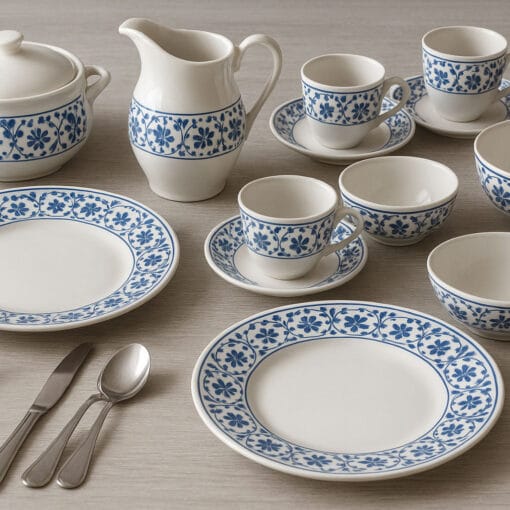Forming the Plural of Nouns in Turkish
To form the plural in Turkish, you need to add the plural suffix -lar or -ler to the stem of the noun.
According to the law of vowel harmony, the suffix -lar is added to words with back vowels in the stem, while -ler is used with words that contain front vowels.
a, ı, o, u – lar
e, i, ö, ü – ler
| Noun | Suffix | Examples |
| araba | -lar | arabalar |
| kitap | -lar | kitaplar |
| şemsiye | -ler | şemsiyeler |
| resim | -ler | resimler |
| ağaç | -lar | ağaçlar |
| otobüs | -ler | otobüsler |
| Tekil | Çoğul | Tekil | Çoğul |
| kitap | kitaplar | pencere | pencereler |
| kız | kızlar | kedi | kediler |
| kutu | kutular | köy | köyler |
| televizyon | televizyonlar | üzüm | üzümler |
Tekil – singular
Çoğul – plural
Some borrowed words that have “a, o, u” in the last syllable take the suffix “-ler” instead.
- saatler
- hayaller
- haller
- seyahatler
- roller
- alkoller
- semboller
- misaller
- meşguller
- petroller
- kalpler
- idealler
If nouns are used with numbers or words indicating quantity (such as birkaç, çok, kaç, az, birçok), the plural suffix is not added.
- üç çocuk
- i̇ki kalem
- beş bardak
- az kişi
- çok insan
- hiç yabancı
The conjunction ‘ve’ and the plural form
In the case of two coordinated nouns connected by the conjunction “ve”, the plural suffix is usually added only to the second word (this follows the suffix economy rule):
kadın ve erkekler – women and men.
However, it is also acceptable to add the suffix to both words:
kadınlar ve erkekler – women and men.
The plural suffix -lar / -ler is added not only to nouns but also to verbs.
Onlar konuşuyorlar – They are talking
Onlar evleniyorlar – They are getting married
Onlar dinliyorlar – They are listening
Exercises on the Plural in Turkish
Add the plural suffix
Put the words in the plural form

Discover more from Turkish language
Subscribe to get the latest posts sent to your email.




